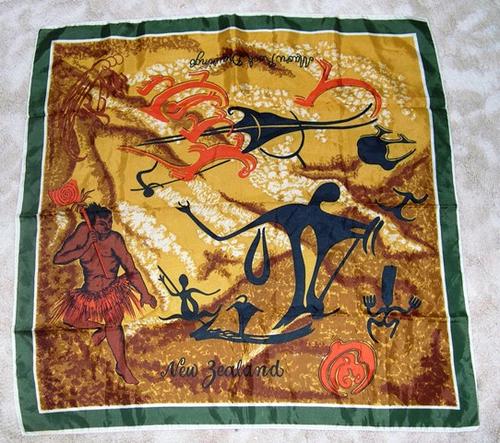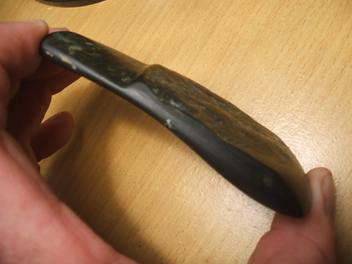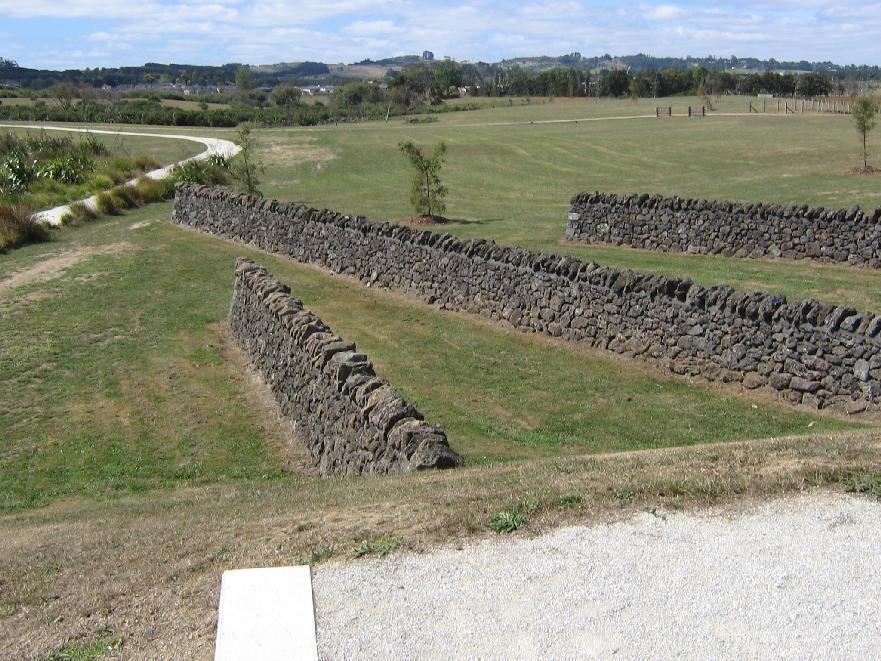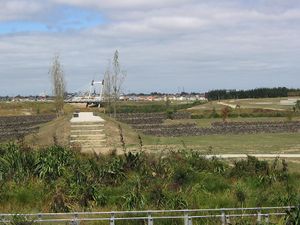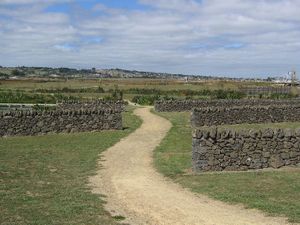Difference between revisions of "Kitsch"
| Line 8: | Line 8: | ||
=== Maori === | === Maori === | ||
| − | |||
Rock drawings seem to have been particularly prone to this - borrowings appearing on fabrics, glassware and stamps. | Rock drawings seem to have been particularly prone to this - borrowings appearing on fabrics, glassware and stamps. | ||
| Line 29: | Line 28: | ||
{{wikipedia|Theodorus_Johannes_Schoon}} | {{wikipedia|Theodorus_Johannes_Schoon}} | ||
]] | ]] | ||
| − | |||
| − | |||
=== Colonial === | === Colonial === | ||
| − | < | + | <pre> |
Barry Curtis Park in south Auckland has volcanic rock walls, reconstructed from a nearby farm site. The unfortunate result isg what happens when landscape architecture captures archaeological reconstruction. | Barry Curtis Park in south Auckland has volcanic rock walls, reconstructed from a nearby farm site. The unfortunate result isg what happens when landscape architecture captures archaeological reconstruction. | ||
| + | |||
| + | </pre> | ||
Revision as of 21:34, 20 February 2010
Contents
Archaeological Kitsch
Archaeological items of iconic status become the subject of modern copies and re-use of the imagery. New Zealand items are not immune.
Maori
Rock drawings seem to have been particularly prone to this - borrowings appearing on fabrics, glassware and stamps.
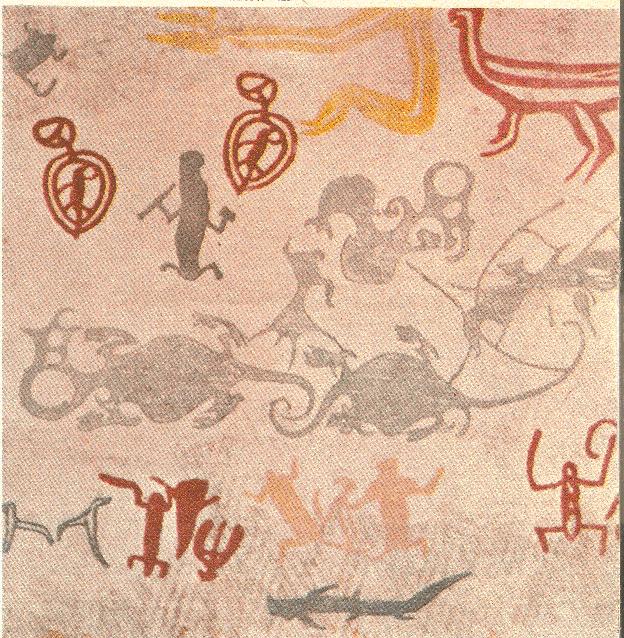
Rock art used on fabric. This was produced by blockprinting by poet Rex Fairburn. He obtained the artwork for this from Theo Schoon. Wikipedia has an article on Schoon. Another print can be seen here Fairburn and Schoon have Dictionary of New Zealand Biography entries.
Colonial
Barry Curtis Park in south Auckland has volcanic rock walls, reconstructed from a nearby farm site. The unfortunate result isg what happens when landscape architecture captures archaeological reconstruction.
</blockquote>

